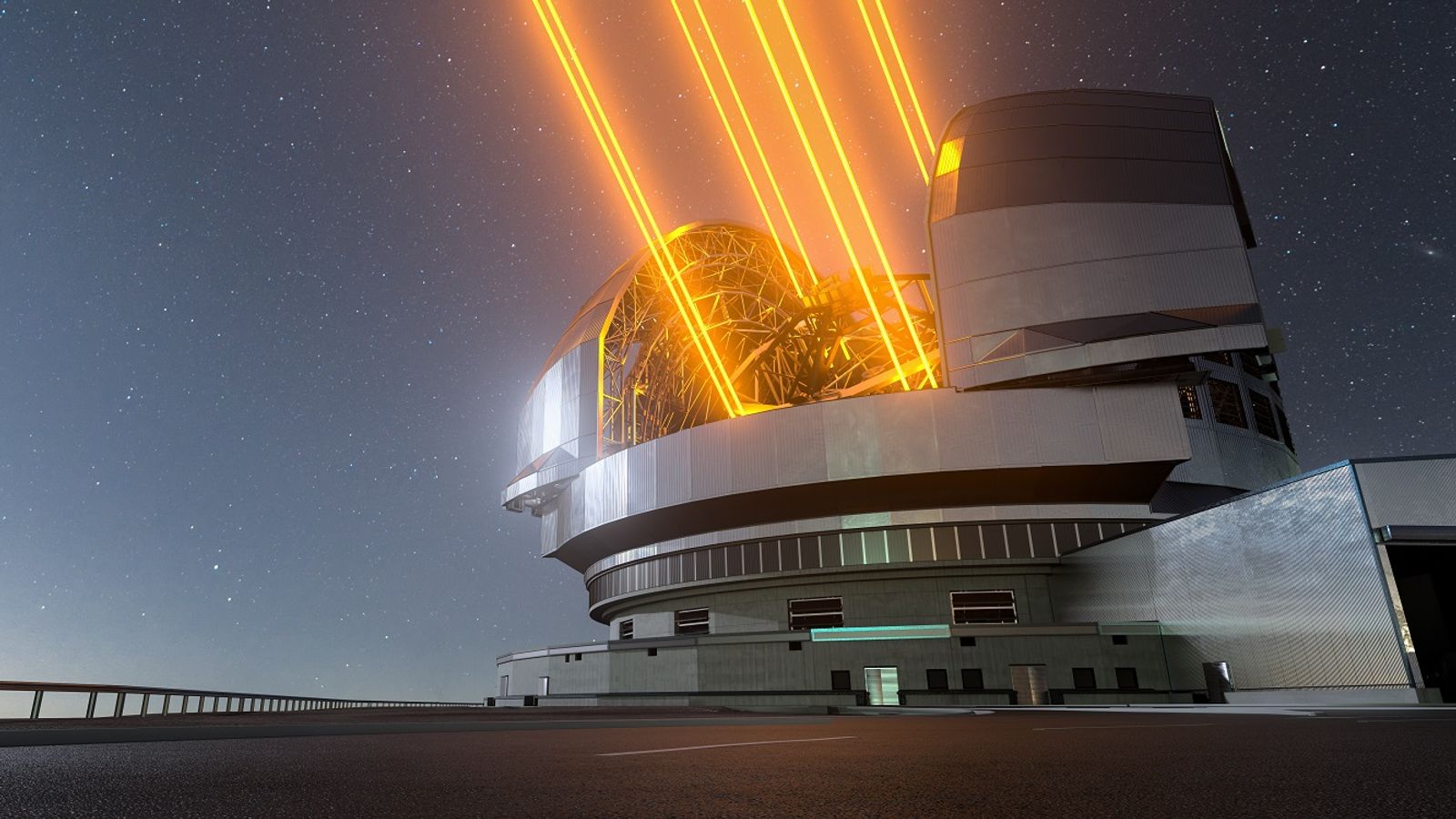Researchers have recently developed a groundbreaking technology that could potentially lead to the discovery of new Earth-like planets. The development of an astrocomb by physicists now allows for the analysis of the blue-green light emitted by stars. These astrocombs are able to detect slight variations in a star’s light caused by orbiting exoplanets, which are planets outside of our solar system. This breakthrough could potentially lead to the discovery of a planet that is similar to Earth.
Although astrocombs have typically been limited to the green-red part of the light spectrum, the new system developed by physicists at Heriot-Watt University in Edinburgh and Cambridge University expands the possibilities within the field of space exploration. By examining shorter wavelength light, researchers hope to uncover previously unknown secrets of the universe.
Dr. Samantha Thompson from Cambridge University has expressed excitement over the potential for this new technology to allow for the study of smaller planets with longer orbits. The goal is to discover the first Earth-like planet orbiting around a nearby sun-like star. Heriot-Watt Professor Derryck Reid noted that the technology can provide a continuous sequence of optical markers from the ultraviolet to the blue-green, serving as a precision wavelength scale in this part of the spectrum.
The technology is currently being developed for the Extremely Large Telescope (ELT) being constructed in Chile’s Atacama Desert. This telescope will have a 39-meter primary mirror, making it the largest visible and infrared light telescope in the world. The UK team involved in this project will also be working on implementing astrocombs for telescopes in South Africa and the Canary Islands. The potential for this new technology to lead to significant discoveries in the realm of space exploration is an exciting prospect for researchers and scientists alike.
